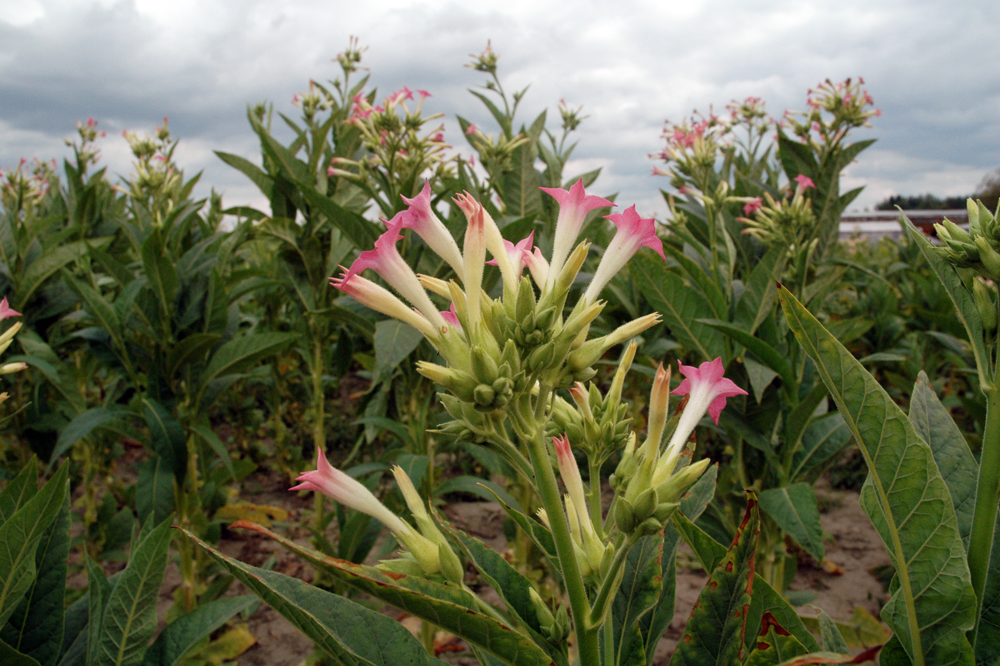
Tobacco plant flowers in Poland. By Henryk Kotowski 2009. Source: Wikimedia commons, via Creative commons.
The guiding principle that development or regeneration comes from within is one of the milestones upon which the alliance of Indigenous peoples of the Americas is based. In short, this principle advocates changes at the individual level; these changes unfold from the teachings handed down by our ancestors and are specific for each culture in their own context. As such, this development is culturally-based, diverse and inclusionary.
This development coming from within is key, as Leanne Simpson (2011) explains, for a process of reconciliation that is not state-defined, but enacted and put into action by Indigenous cosmologies and needs. Both of them, development from within and Indigenous-driven reconciliation work at the individual, communitarian, and regional level. Both of them allow Indigenous peoples to create their own pathway away from the state, without the need of permission from the state.
The teachings to achieve and collectivize the knowledge of this development is carried by and rooted in stories passed down by Indigenous elders. The stories enclose all the meanings and knowledge of most Indigenous people’s cultures. Those meanings are unpacked during sortytelling and ceremonies and appropiated according to the context of each time and each individual’s or community’s state of knowledge. When some obstacles such as different languages halt the trasnmission and sharing knowledge among peoples, the best way todo so is through ceremonies. Sacred plants are ubiquituos to these ceremonies as intermediaries or “cognitive tools” fading barriers of language and sharpening the participants’ capacity of understanding (Tupper & Labate, 2014, p. 76). This is one way how Elders come about to collectivize their knowledge. There are other ways for the collectivization of that knowledge, such as dances and storytelling, that do not require the ingestion of sacred plants but that also allow to trasnmite and unpack the teachings.
The paper Are Sacred Plants Important for the Healing and Reunification Processes of Indigenous Peoples from the Americas? describes and gives insights into the contemporary role of sacred plants among Indigenous peoples and Western science. It explores the sociological, cultural, spiritual, cognitive, and medical importance of these plants for Indigenous peoples across the Americas at the individual and collective levels. It also presents information about the possible mediator role that these plants might have in the convergence of Western science and Indigenous knowledge. Since Indigenous peoples from the Americas have a long history, milennial perhaps, of interaction with sacred plants, it is important to understand the role of those plants in the development from within process.
References:
Simpson, L. (2011). Dancing on our turtle’s back. Winnipeg, Manitoba: ARP Books.
Tupper, K. W., & Labate, B. C. (2014). Ayahuasca, psychedelic studies and health sciences: The politics of knowledge and inquiry into an Amazonian plant brew. Current Drug Abuse Reviews, 7(2), 71-80.
 Follow
Follow